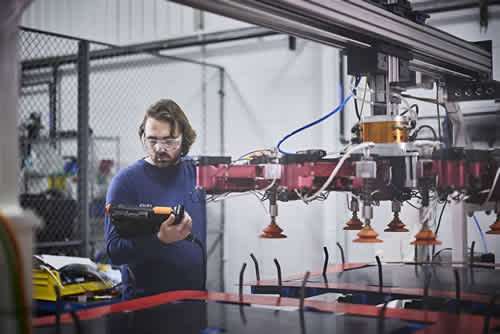Trends driving intelligent automation deployment
As the demand for automated solutions grows, we look at how organizations are turning to intelligent automation technology to benefit from boosted operations, productivity, and reliability.
12/09/2022

- You are here